Published on Feb 28, 2024
Share
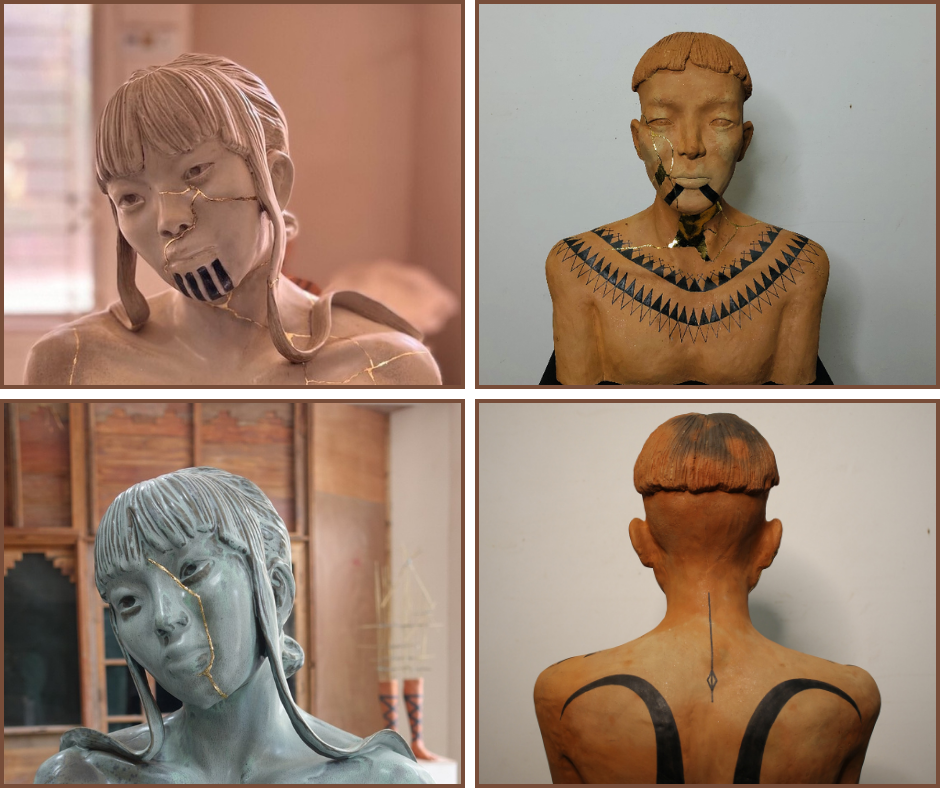
DIMAPUR — Many may cherish the memory of doodling on the back of notebooks in school. It offered a refreshing escape for several, including Shiluti Longkumer, who transformed these blank spaces into mini-art galleries with each impromptu sketch.
Despite disappointing his teachers and parents, as he was more focused on scribbling than studies, his unwavering love for art that started quite early, led him to pursue a course in fine arts.
After completing secondary education, Longkumer applied for a Bachelor of Fine Arts (BFA) course at Visva-Bharati University (Kala Bhavana department) but couldn’t make it due to a portfolio oversight during the admission process.
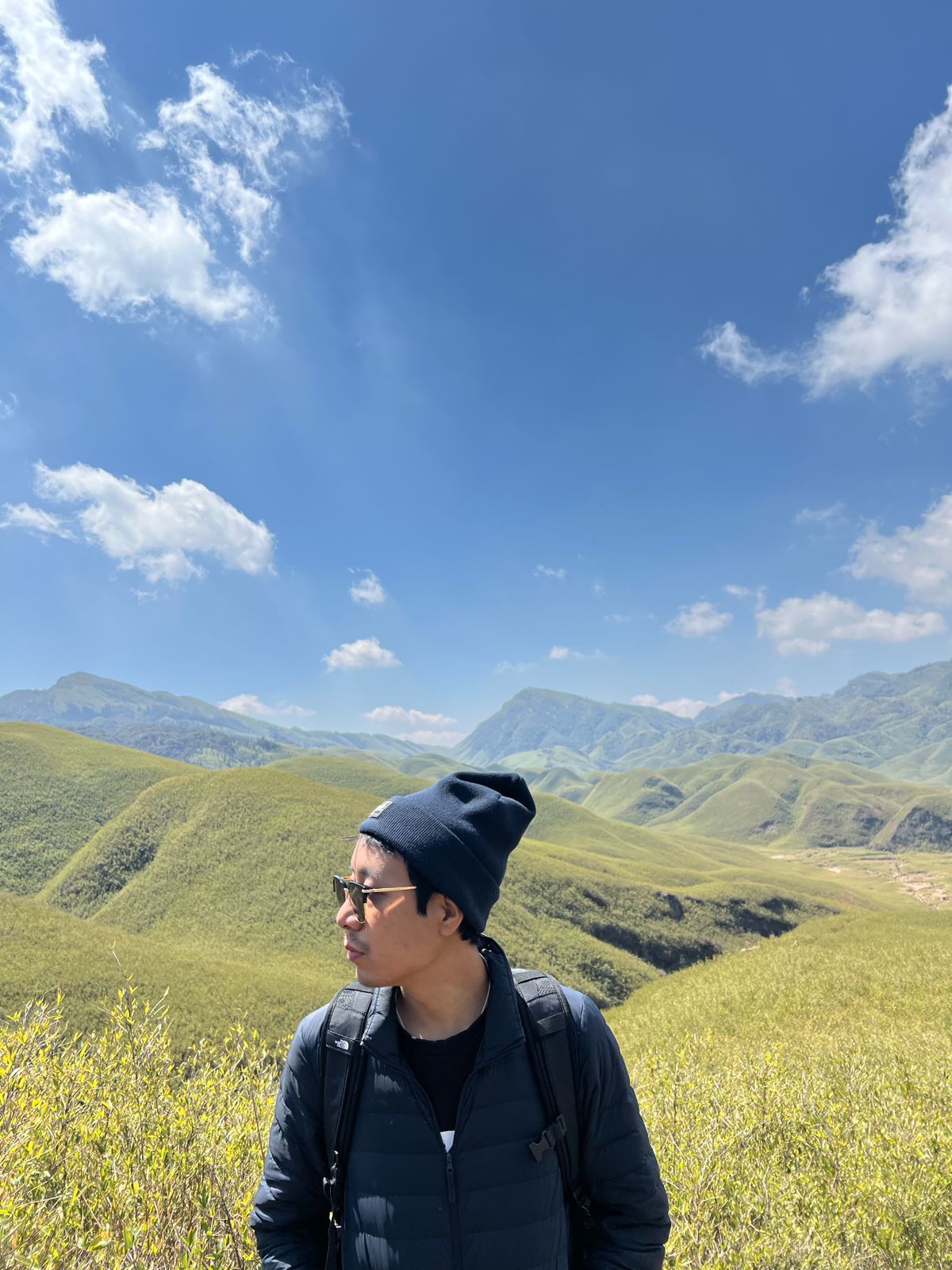
Undeterred, he persisted and created numerous artworks, eventually gaining admission to the same college based on merit. Subsequent to a four-year BFA course, he pursued Master of Fine Arts (MFA) degree in sculpture and did his dissertation on 'Recollection of Traditional Naga Tattoo Art'.
“Majority of my sculptures revolved around tattoo themes during the final year of my studies. Given the decline of our traditional tattoo art, I aimed to imprint them in 3-D form to foster awareness of our vanishing tattoo heritage,” said the sculptor, who is currently teaching art at The Assam Valley School
In an exclusive interview with Eastern Mirror, Longkumer shared his experience and tips for those aspiring to pursue a course in fine arts.
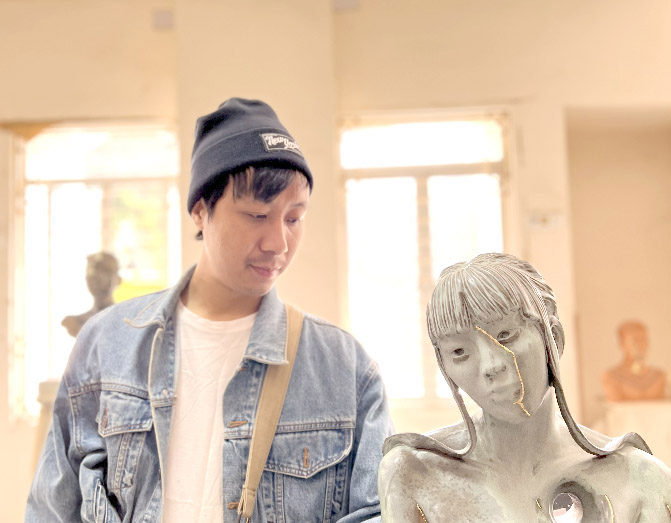
What specific skills are required or expected of students pursuing a course in fine arts?
To pursue fine arts, one must be hardworking, patient, and consistent; the rest will naturally align as you progress. When applying for a BFA, it is essential to present a strong portfolio.
Even as an amateur, your portfolio should demonstrate a variety of works, showcasing your trials, errors, and progress over time. The first phase of the entrance exam is practical exam followed by written and viva (if you make it to viva, which is the time the examiners will ask to present your portfolio).
For an MFA application, it is crucial to showcase powerful pieces that reflect your identity as an artist. Additionally, to gain admission to an MFA programme, both theoretical knowledge and practical skills are important.
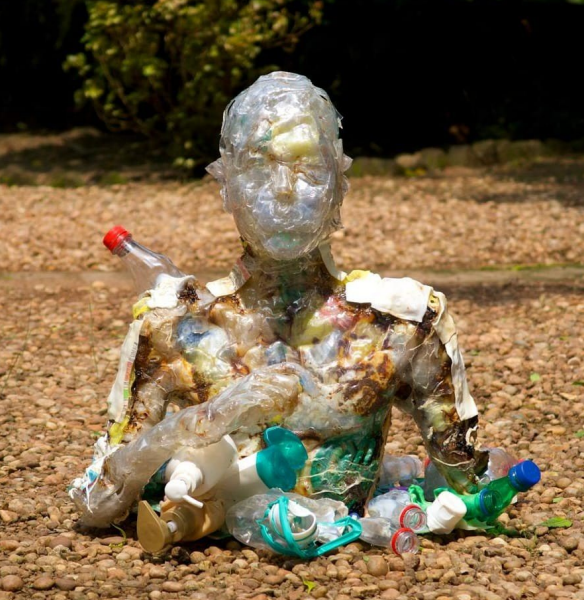
How can students prepare effectively for admission portfolio requirements?
A person preparing for admissions to a fine art programme should begin by carefully preserving their artworks for their portfolio instead of giving them away or discarding them. Besides, they should have a basic understanding of art or conduct research on the subject.
In my first attempt, not getting through the exam made me really down. However, my determination to join an art college pushed me to expand my boundaries. I spent more time making my portfolio stronger by practicing various mediums like pastel, watercolor, oil, acrylic, poster, etc. Remember, you can always hone your skills.
What does a typical curriculum include, and how does it prepare students for a career in fine arts?
A typical curriculum includes plenty of practical work (better understanding of colours, dimensions, composition, perspective, forms etc.) alongside theoretical studies (history of art, aesthetic, painting methods and materials painting method material – PMM, helps them in contextualising their ideas) the syllabus depends on the specialization chosen by the candidate.
However, compared to other fields of study, most Fine Art colleges are known for their relaxed and flexible atmosphere. And throughout the year, colleges provide various workshops and seminars aimed at helping students improve their social interactions and artistic skills. They achieve this by inviting resourceful guests to provide a broader understanding of the art world.
Could you share some practical workshop (sculpting) experiences to help students prepare for the course ahead?
First of all, don’t get discouraged by the limited raw materials available in the market for your work. Any material that can be shaped in three dimensions can be used for sculpting. For beginners, clay is the best material to get started with. From my experience, there were times when I'd struggle to decide what to create, which could be frustrating. To overcome this, I kept myself occupied by making small study figures or miniature portraits with clay. Sometimes, it helps to take things slowly.
In what ways do professors support artistic growth and development throughout the coursework?
Art professors play a crucial role in nurturing artistic growth by offering personalized guidance tailored to our specific interests within the realm of art. Their expertise extends beyond mere instruction; they provide valuable insights and suggestions to help us refine our artistic endeavors and progress to the next level. Professors also introduce us to new mediums and techniques, broadening our artistic horizons and encouraging experimentation. Through lectures and discussions, they keep us informed about the dynamic landscape of the art world, providing context and understanding of current trends, movements, and developments.
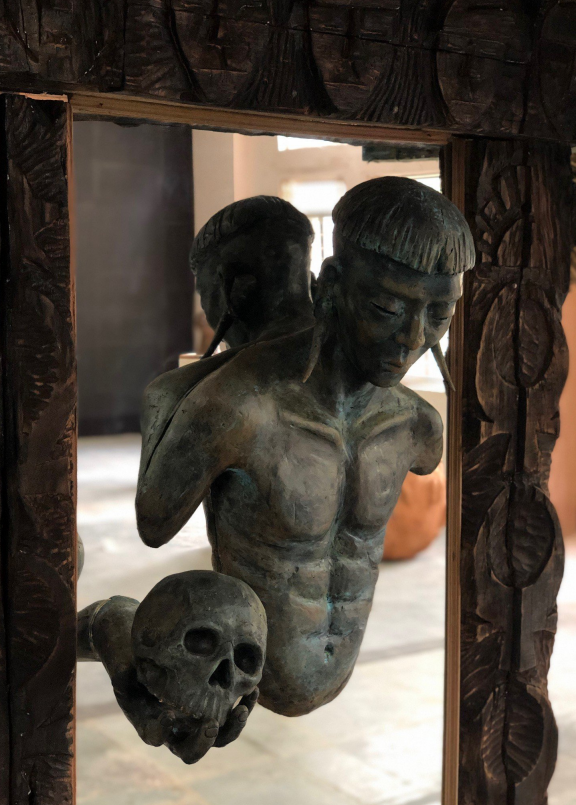
Can you share us the various pathways or options available after completing both the degrees?
A fine arts degree is a formal education that provides a more extensive study of the creative arts in a way that is technical, theoretical and conceptual. The degree offers an organised structure for aesthetic growth through experimentation, research and skill development under the guidance of professionals.
Studying for a degree in fine arts definitely has benefits for an individual by providing a strong foundation in refining your creative skills. The BFA degree offers a well versed course that helps develop a student's technical abilities and critical thinking skills. Whereas, the MFA degree allows for further specialisation and expressive exploration of the student's creative skills. After pursuing a fine arts degree, any individual can find several job opportunities in areas like the creative industry which consists of advertising, design, illustration, multimedia production, etc., or work in the academic field as an art educator. Other career options include art therapist, curator, art director, art conservator or restorer.
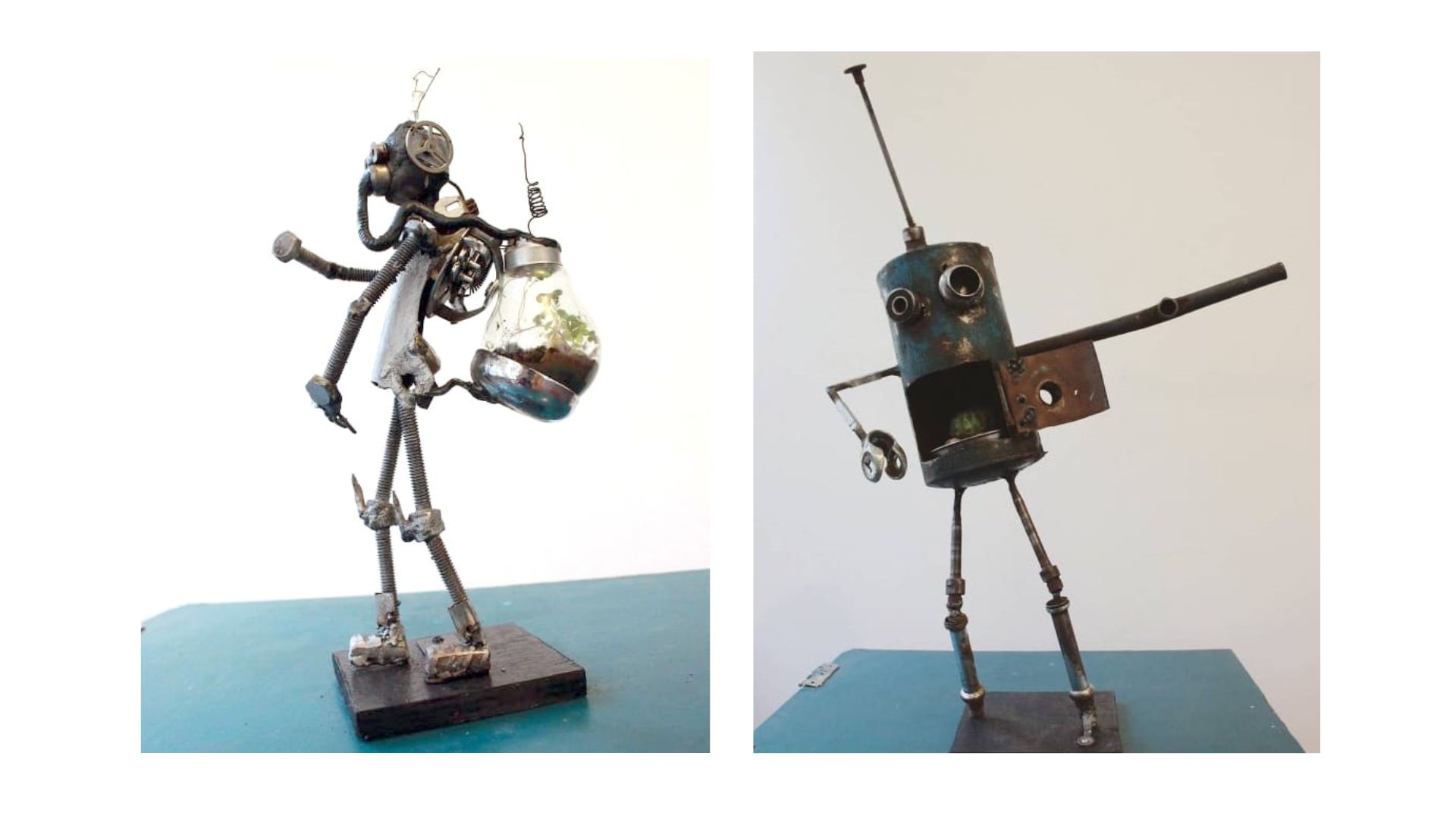
What aspects of the course did you find most fulfilling?
As I create an art piece, I find the process of each step to be the most fulfilling and enjoyable. Studying this course helped me refine my work and helped me observe my surroundings more carefully, drawing inspiration from them.
What according to you are the key takeaways for students upon completion of this course?
Upon completion of a fine art course a student gains technical skill proficiency in various mediums such as painting, graphic, ceramic, sculpture or textiles also creative expression, art history knowledge and professionalism understanding of the art industry, including opportunities for exhibitions, grants, and residencies.
Some misconceptions people might have about studying fine arts, and how would you address them?
Some misconceptions people have who pursue fine art are: limited career prospects, artistic talent is innate (some believe that only people with inborn talent can succeed in the art field , while talent can be advantageous, dedication, hard work, and continuous learning are equally important in developing artistic skill). There is a perception that studying fine art is subjective and lacks value compared to other fields. I would address them by mentioning how art enriches lives, contributes to the culture, societal progress, and would highlight the diverse career opportunities.
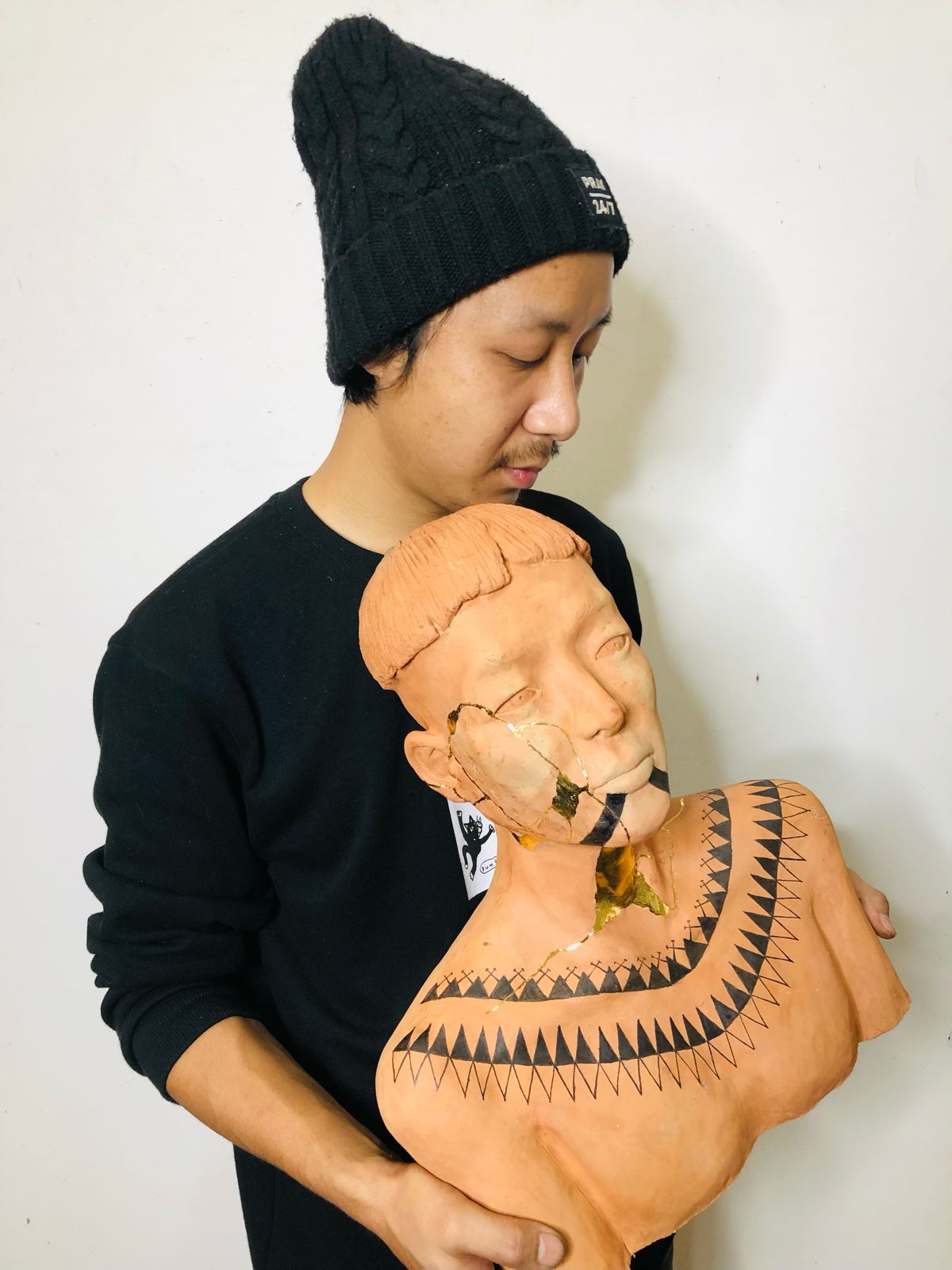
RAPID INSIGHTS
Some objects that make you feel safe and loved
Looking at the different shades of sunset as it sets down over the green mountains, the cosmos (flower), and petrichor.
A playlist that you often listen to while sculpting
I mostly like to listen to old songs be it classical or pop like Beatles, Beethoven, Middle of the Road, etc.
Can you doodle something for Eastern Mirror?
